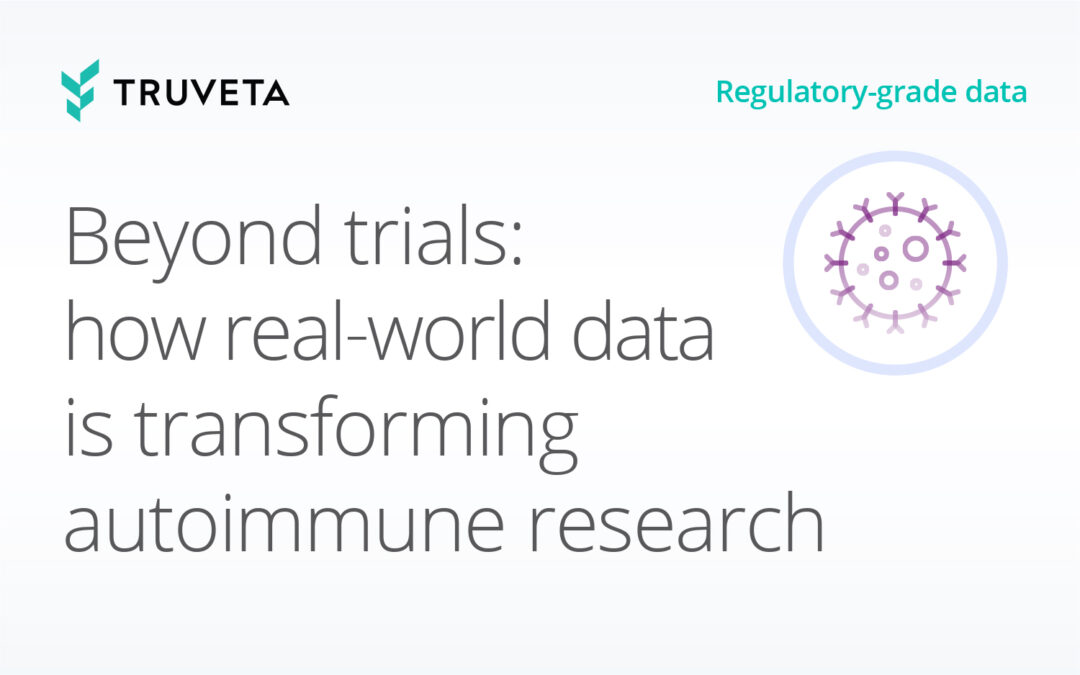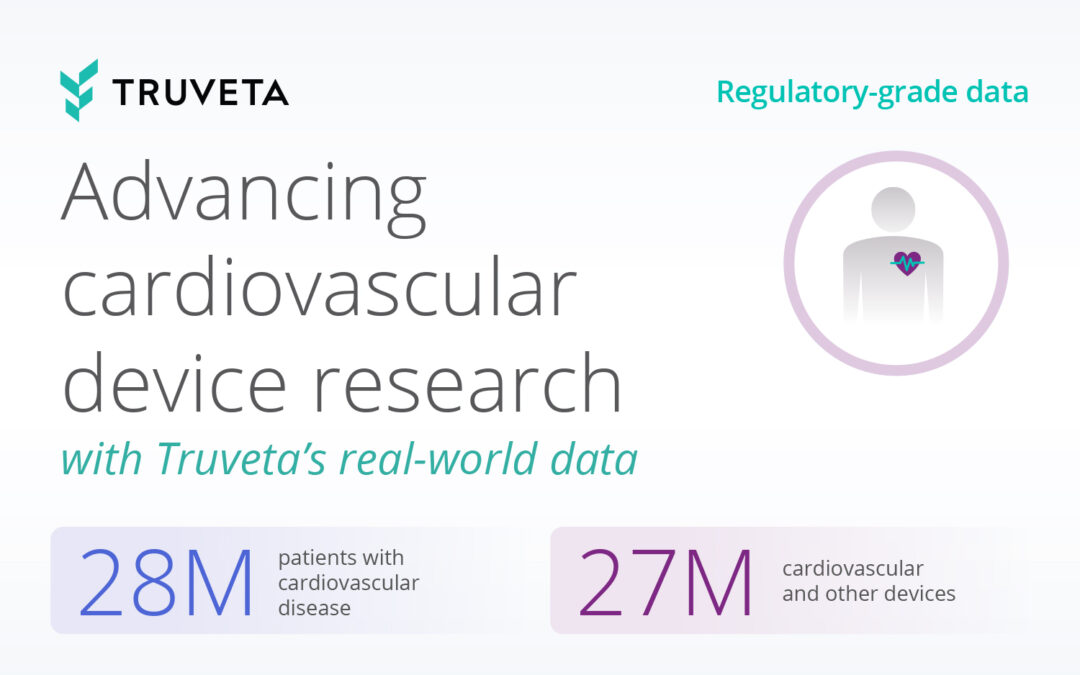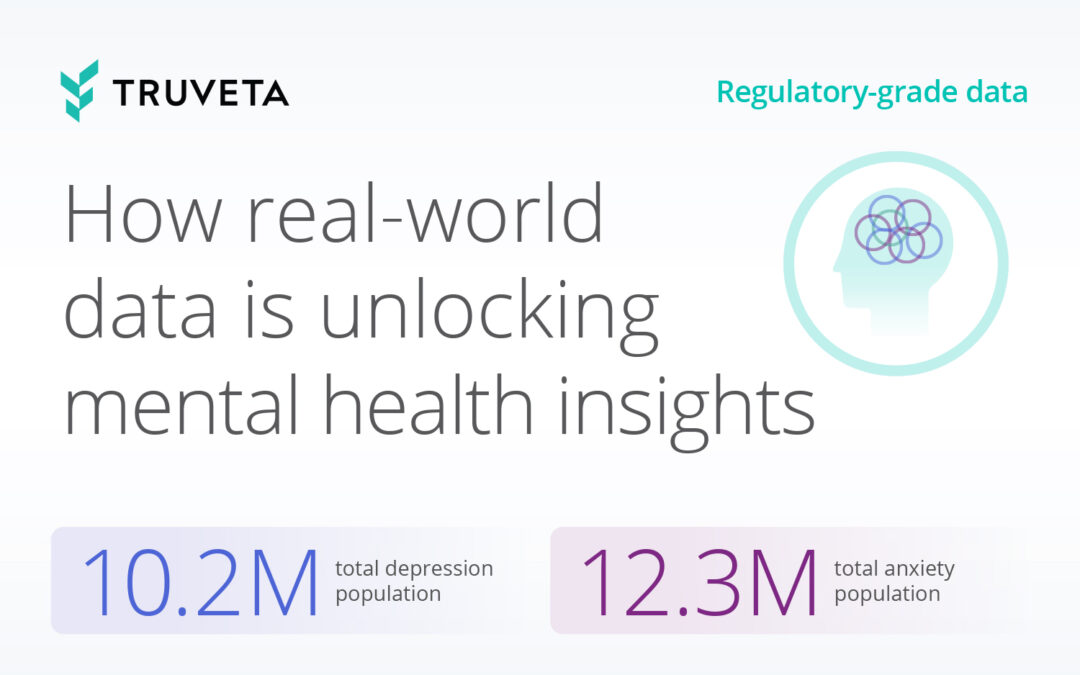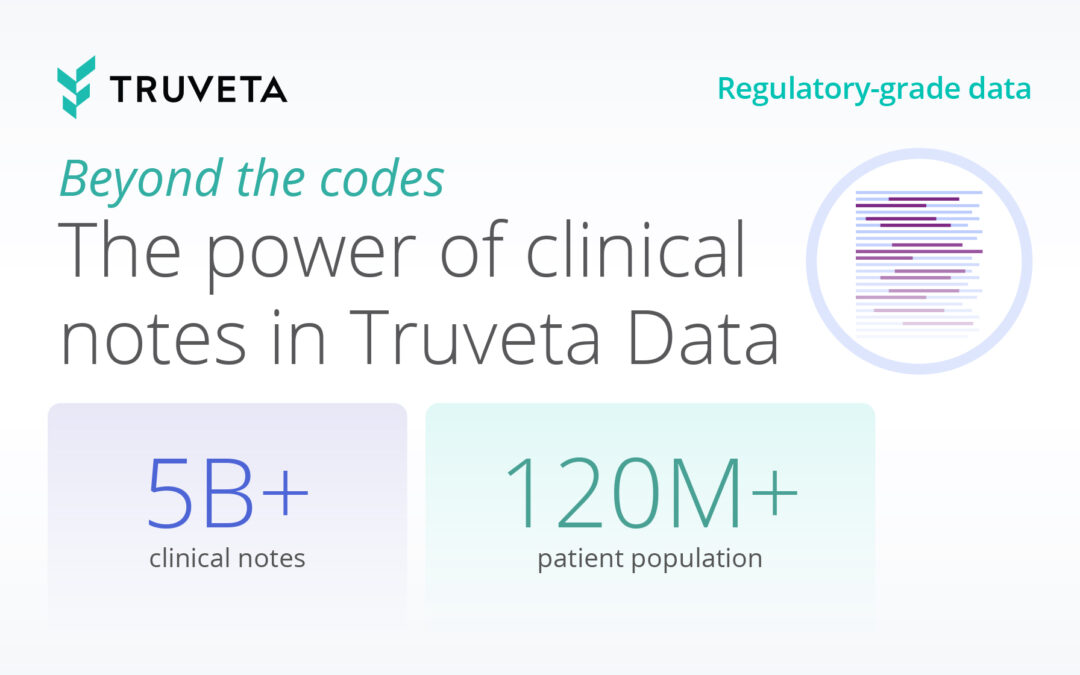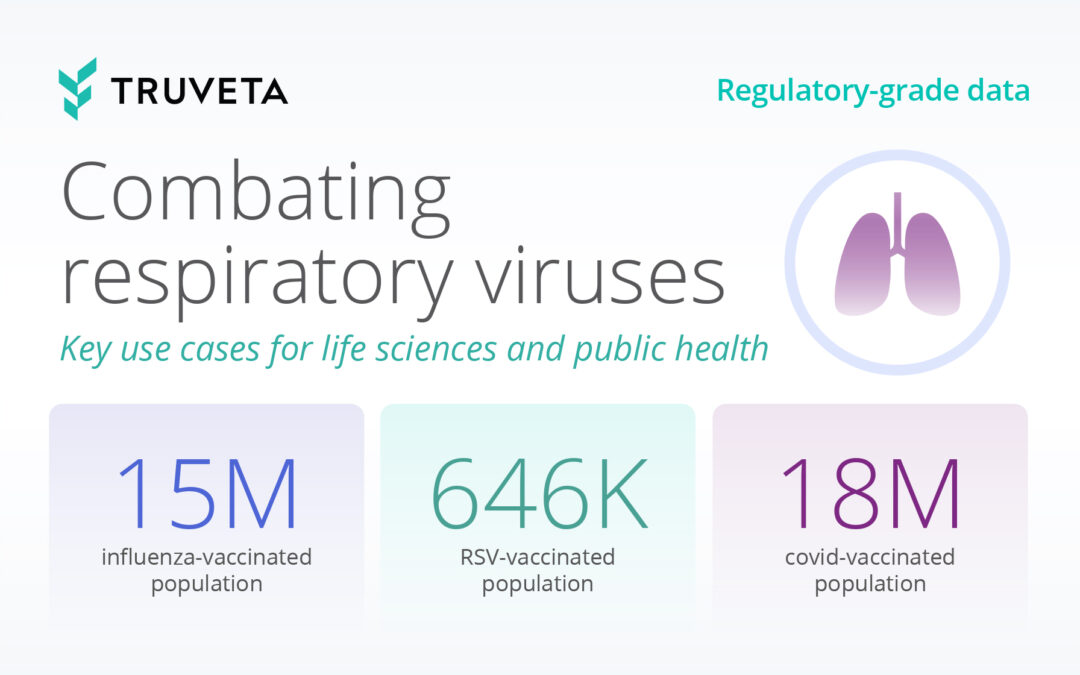RSV season, which typically starts in fall and peaks in winter, could look very different this year. With newly approved vaccines for older adults and pregnant women and an immunization for infants poised to roll out, public health experts are optimistic about decreasing the number of severe cases and preventing doctor’s visits and hospitalizations. As a result, the impact of the RSV virus might be significantly mitigated during this year’s RSV season.
RSV Season: A look back at last year
The last RSV season marked what many were calling a “tripledemic,” with COVID-19, flu, and RSV hospitalizations all rising together and straining the US health care system. Now, after nearly 60 years of development efforts, two new vaccines have been approved by the FDA and recommended by the CDC for adults over 60 in time to impact RSV trends this fall. These will be the first publicly available RSV vaccines in the US. Also rolling out for the first time this RSV season is a new monoclonal antibody to protect against severe RSV, recommended for all infants under 8 months old. The monoclonal antibody will be added to the CDC’s childhood immunization schedule.
Tracking RSV trends with Truveta
With the most complete, timely, and clean EHR data available, Truveta offers scientifically rigorous analytics to study safety and effectiveness, improve patient care, and train medical AI. While representative and timely data to proactively monitor infections have previously been scarce, Truveta is uniquely positioned to connect population-level trends with granular clinical information. Truveta Data comes from a growing collective of more than 30 health systems that provide over 18% of daily clinical care across all 50 states.
Below we explore the breadth and depth of RSV trends available within Truveta Studio to study RSV to improve patient outcomes. Data is updated daily.

Behind the RSV numbers
Researchers have access to complete EHR records of 306K RSV patients, coming from 800 hospitals and 20,000 clinics, representing the full diversity of the United States – especially important since the RSV national trends can differ greatly from the RSV trends by state. Unlike claims data, Truveta has access to inpatient records (84K), and the 6.5M medications directly administered in addition to records inclusive of all medications ordered (23M). Truveta also provides unprecedented access to notes, including progress notes, discharge notes, and diagnostic reports that reveal details such as symptoms, physical exam findings, disease progression, and reasons for medication changes.
Monitoring new therapeutics with daily updated data
Researchers and public health experts who are looking to assess the impact of these treatments can use Truveta Data in Truveta Studio to analyze their real-world effectiveness and observe more significant RSV trends. For children younger than 12 months, respiratory tract infections caused by RSV are the leading cause of hospitalization and overall lead to 100-300 deaths per year in children under 5. Promisingly, in clinical trials, the new RSV monoclonal antibody reduced the risk of infant hospitalization by nearly 78.4% and was 90% effective at preventing the need for intensive care. For older populations, where RSV leads to 6,000-10,000 annual deaths, the new RSV vaccines have been shown to lower the risk of symptomatic illness by more than 80%. Researchers and public health experts who are looking to monitor these new therapies can use Truveta Data in Truveta Studio to analyze their real-world impact and see more significant RSV trends.
Unlike even the CDC, which is unable to join analyses on multiple diseases due to the lack of a unified, normalized dataset, analysts interested in watching for another “tripledemic” can create one dataset in Truveta for RSV, COVID, and influenza with a common denominator to compare outcomes across diseases. These studies are also adaptable (incorporating new data elements as needed) and reproducible (with tools in place to standardize and enable rapid iteration).


Diving deeper into RSV trends: Respiratory Viruses Monitoring Report
As we near RSV season, surveillance and prevention are top of mind for many. Truveta Research recently released an update to their Monitoring Report on respiratory viruses, which can support public health experts and clinical providers in making informed decisions and improving patient outcomes, and provides a detailed example of Truveta Studio’s capabilities. The report contains current hospitalization trends associated with six common respiratory viruses: COVID, human metapneumovirus (HMPV), influenza, parainfluenza, RSV, and rhinovirus. This analysis pairs population-level trends with granular, clinical information from the EHR to provide more holistic, representative insights. The report will be updated throughout the virus season to keep users abreast of RSV trends.
Interested in learning more about RSV trends or our EHR data and analytics solution?
Request a demo with our team: Contact Us| Truveta

